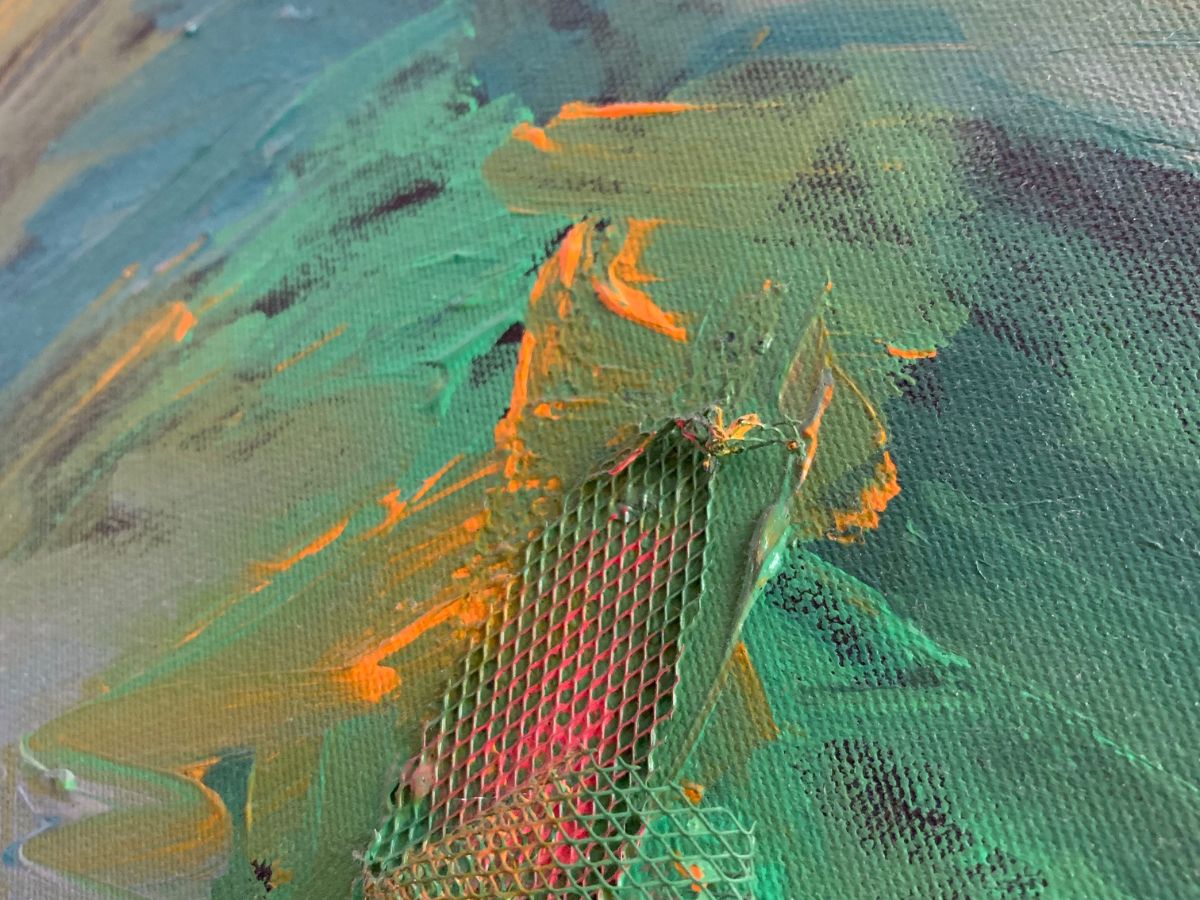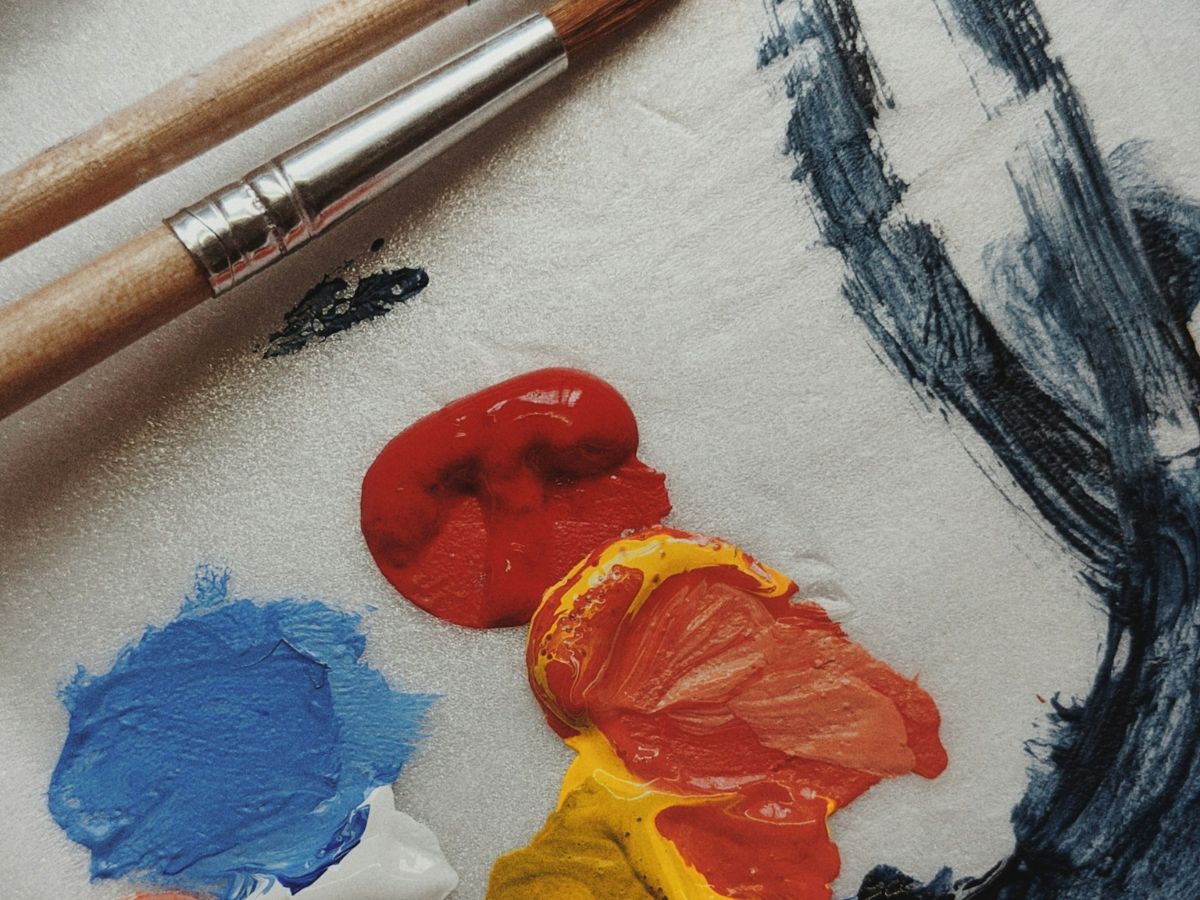
5 Characteristics of Mixed Media Art
Mixed media art, as the name suggests, is the combination of various materials and artistic techniques within a single artwork. This art form thrives on versatility, allowing artists to mix traditional media like painting and drawing with non-traditional elements such as photography, textiles, and found objects. This creates unique, textured, and layered pieces that challenge conventional artistic boundaries.
1. Diverse Use of Materials
One of the most defining characteristics of mixed media is the ability to use different materials. Artists may combine wet and dry media—such as acrylic paints, watercolors, ink, charcoal, and pastels—alongside unconventional materials like fabric, metal, or wood. This fusion allows for greater freedom in expression, allowing artists to choose the best medium to convey their vision in each layer of their work.
A famous example of mixed media art is Picasso’s Still Life with Chair Caning, which combines traditional oil painting with a piece of actual rope and printed paper. This work exemplifies how mixed media can be used to challenge artistic conventions by mixing illusionistic painting with real-world materials.
2. Layering and Texturing
Mixed media art frequently use layering techniques to build depth and texture. This can involve multiple applications of paint, collage elements, and even 3D materials like wire or fabric. Artists often use layering not just to create visual depth but to embed different meanings within their work. For example, collage elements might contain text or imagery that adds conceptual significance.
3. Collage and Assemblage
Collage is a popular form of mixed media, where artists combine various cut-up materials like photographs, magazine clippings, or fabric pieces onto a canvas. Assemblage takes this a step further by incorporating three-dimensional objects into the artwork, blurring the lines between painting, sculpture, and installation art.
4. Freedom and Experimentation
One of the key characteristics of mixed media is its open-endedness. Artists are encouraged to experiment with different combinations of media and techniques, fostering an environment where rules are more flexible. Mixed media artists often explore how various media interact, such as layering ink on top of watercolors or embedding found objects into a painted canvas.
5. Interactivity and Sensory Appeal
Some mixed media works invite viewers to engage with the artwork on multiple sensory levels. For example, the texture of a piece may encourage tactile interaction, or elements such as light or movement might be incorporated to appeal to the senses of sight and touch. Artists can also use digital media in together with physical media to create interactive installations.
Mixed media art is a vibrant and ever-evolving form that encourages experimentation and innovation, making it a cornerstone of contemporary artistic practice.
